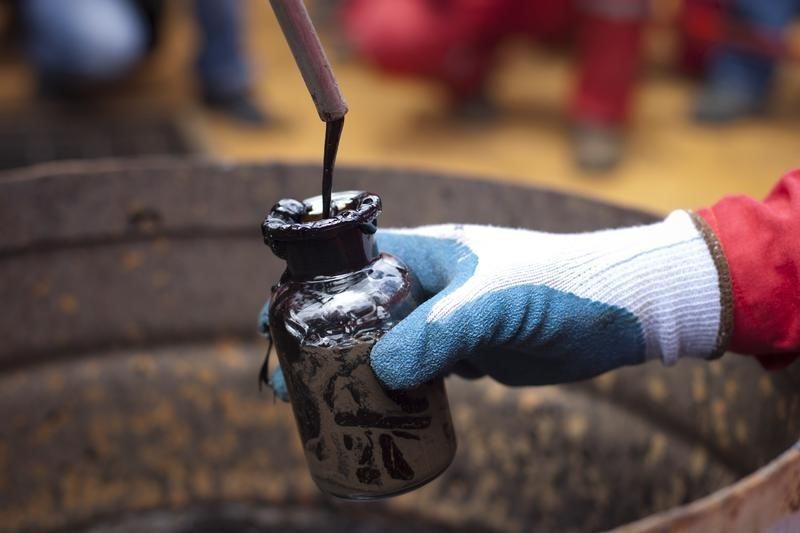FINAL HOURS: Lock in your InvestingPro subscription for 50% off before sale ends
* Brent and WTI fall for six straight sessions
* WTI drops by most in a week since 2008
* OPEC+ meets next week to discuss deeper output cuts
(Adds latest prices)
By Scott DiSavino
NEW YORK, Feb 28 (Reuters) - Oil prices slumped for a sixth
day in a row on Friday to their lowest in more than a year,
causing futures to drop by the most in a week since 2016, as the
spread of coronavirus stoked fears that a slowing global economy
would hit energy demand.
The coronavirus spread further, with cases reported for the
first time in six countries across three continents, battering
markets and leading the World Health Organization (WHO) to raise
its impact risk alert to "very high." The most active Brent future for May LCOc2 delivery fell
$2.06, or 4.0%, to settle at $49.67 a barrel, its lowest since
July 2017.
Brent LCOc1 futures for April delivery, meanwhile, lost
$1.66, or 3.2%, to settle at $50.52 a barrel, while U.S. West
Texas Intermediate (WTI) crude CLc1 fell $2.33, or 5.0%, to
settle at $44.76. That is the lowest closes for both Brent and
WTI since December 2018.
For the week, Brent lost almost 14%, its biggest weekly
percentage decline since January 2016, while WTI fell over 16%
in its biggest weekly percentage drop since December 2008.
Coronavirus panic also sent global stock markets and
industrial and precious metals prices tumbling, with losses
amounting to $5 trillion. MKTS/GLOB
"Virtually all fixed assets are attempting to accurately
discount GDP and demand impact from the coronavirus that still
appears to be spreading rather than contracting," Jim
Ritterbusch, president of Ritterbusch and Associates in Galena,
Illinois, said in a report.
Mainland China reported 327 new cases, the lowest in more
than a month, but the outbreak surged elsewhere. The latest WHO figures indicate over 82,000 people
have been infected, with over 2,700 deaths in China and 57
deaths in 46 other countries.
Benchmark Brent crude's slump should focus minds on next
week's meeting between the Organization of the Petroleum
Exporting Countries and allies including Russia, collectively
known as OPEC+.
"OPEC+ will have to deliver a deeper production cut as oil
prices remain in freefall," Edward Moya, senior market analyst
at OANDA in New York, said in a report.
Several key OPEC members are leaning towards a bigger than
previously expected oil output cut, four sources with knowledge
of the talks said. Saudi Arabia, the biggest producer in OPEC, and some other
members are considering a cut of 1 million barrels per day (bpd)
for the second quarter of 2020, up from an initially proposed
cut of 600,000 bpd, the sources said.
OPEC+ is due to meet in Vienna over March 5-6.
